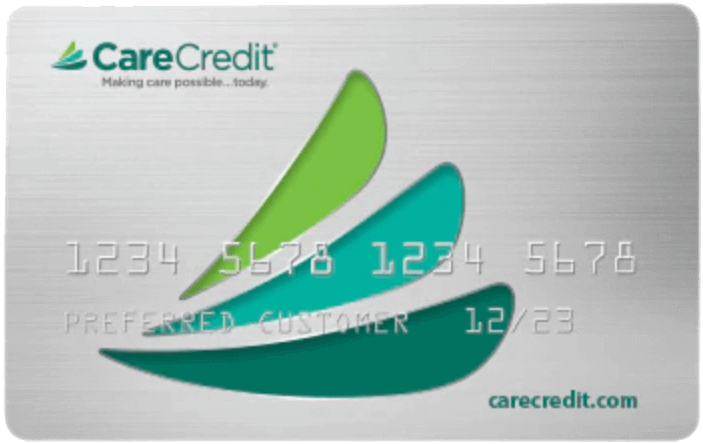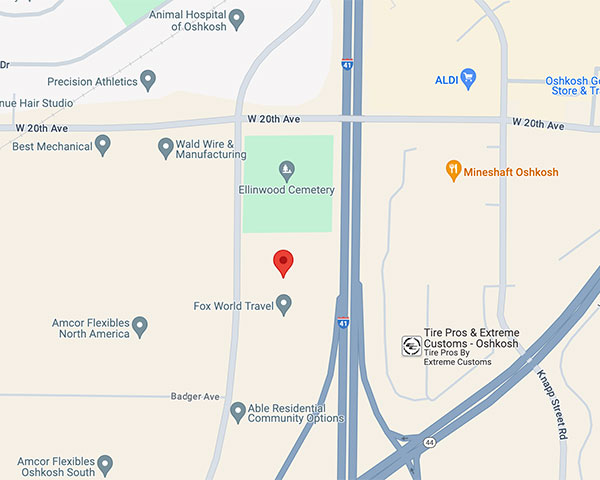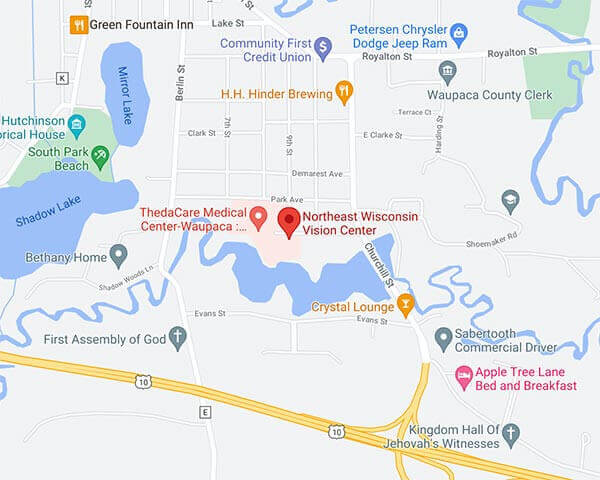
No Drop Cataract Surgery
Why Everybody Loves It
We at Northeast Wisconsin Vision Center have been very excited about doing cataract surgery without drops. It is safe, effective and convenient for our patients.
How is it done? After the cataract surgery is complete, the surgeon irrigates the inside of the eye with an antibiotic. Then, a small amount of steroid is placed on the lower part of the outside of the eye (under the conjunctiva). A small white spot can be seen where the injection is made if the lower lid is pulled down. This spot will disappear over a few months.
Is it painful? No. This is done when the patient is under sedation and the eye is numbed.
Is it safe? Yes. Multiple studies have been done showing that doing an irrigation of antibiotic during cataract surgery decreases infection rates from 1/1000 using drops to 1/3000 to 1/6000 when using injections. These studies included thousands of patients – one included more than 20,000 patients.
Have others had surgery this way in Wisconsin? At Northeast Wisconsin Vision Center, we have done over 10,000 surgeries in this way with great success. We have had patients and referring optometrists very happy with the results.
Why do you like it? So many patients in the past had an easy time with the surgery but were frustrated using the drops. For some patients, family or friends were needed to help place the drops multiple times per day. This was inconvenient for all of those involved. The schedule was for 3 different bottles to be used four times a day (12 drops per day in the first week after surgery). In addition, many drops are very expensive whereas there is no extra charge to have the medications administered at the time of surgery.
Does anyone ever need drops? There are circumstances when drops may be used if other conditions exist. For some patients with diabetic retinopathy or glaucoma we may prescribe a drop. Also, there are rare occasions where drops are used to control eye pressure after the surgery. Most people using drops before surgery will need to continue them afterward.
Cataract Surgery
Drs Larson and Raven perform thousands of cataract surgeries each year using the most modern techniques and equipment. The surgery has progressed to use smaller and smaller incisions with faster recovery and better results. Patients return home the same day of surgery with often little to no irritation and no sutures. While some sedation is used to keep patients comfortable, general anesthesia is not needed lessening the risks of surgery.
One of the most exciting advances are the lens implants now available for cataract surgery. Years ago, no implants were used and people needed thick “coke bottle glasses” after surgery to see properly. Today, not only do we not need thicker glasses, but often the glasses can be thinned and even eliminated. Near sightedness (myopia), far sightedness (hyperopia) and even astigmatism can be corrected by these lens implants.
The most advanced lenses are bifocal implants that help patients to see near and far without glasses after surgery. While traditional implants can help for one focal distance, these implants give focus to objects at distance and close. In this way, both eyes work together to see at all focal points similar to how a young child can focus without glasses. Some people in their 80s and 90s are able to see 20/20 at distance and read a newspaper – all without glasses.
The lenses may not be the right choice for people with other ocular diseases such as macular degeneration or advanced glaucoma. Our doctors want their patients to have the best outcome and will discuss all of your options with you concerning lens implant options.







